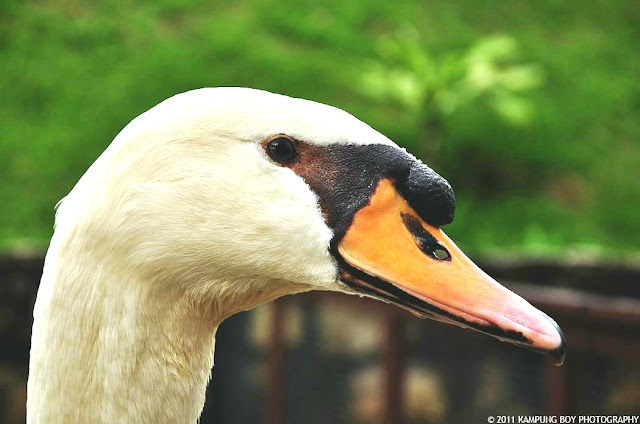Lionfish

Photo by Fadzil Hisham Lionfish, (Pterois), also called turkey fish or fire-fish, any of several species of showy Indo-Pacific fishes of the scorpion fish family. Lionfish are noted for their venomous fin spines, which are capable of producing painful, though rarely fatal, puncture wounds. When disturbed, the fish spread and display their fins and, if further pressed, will present and attack with the dorsal spines. The common lionfish grows up to 35 cm (14 in) in length. These fish vary in colour from reddish to tan or grey and have numerous thin, dark, vertical bars on their heads and bodies. It feeds on fish and small crustaceans. It has few predators, probably because of its venomous spines, but larger lionfish do prey on smaller ones. Sports Updates on Facebook



